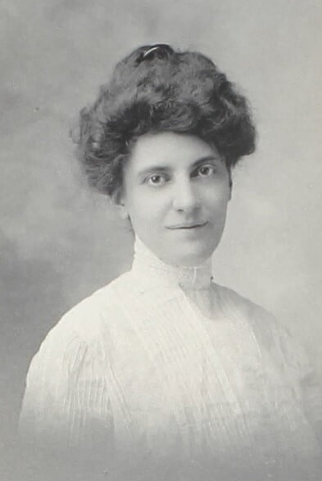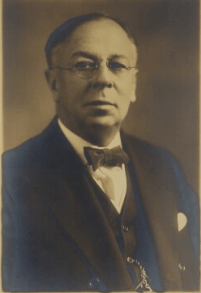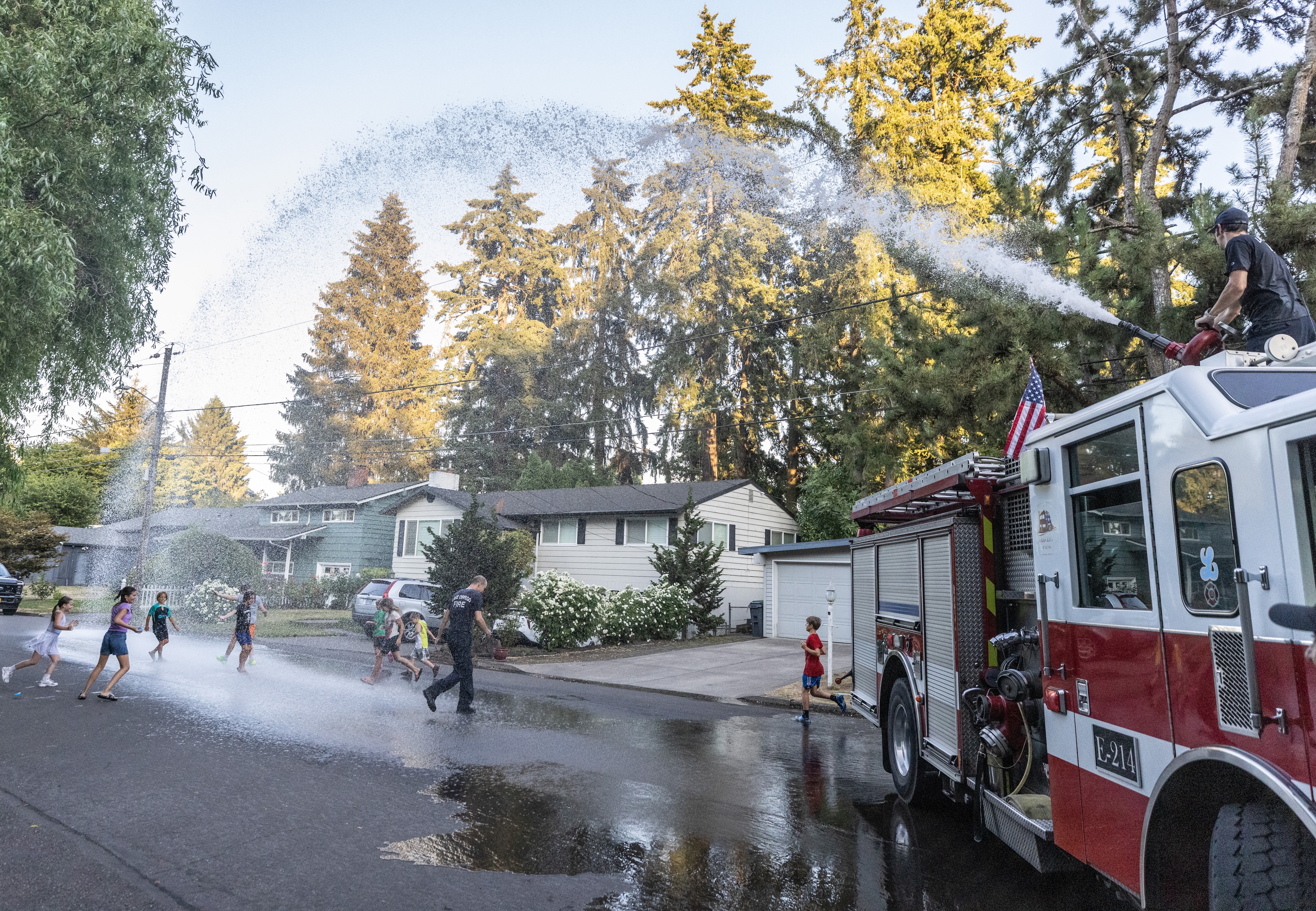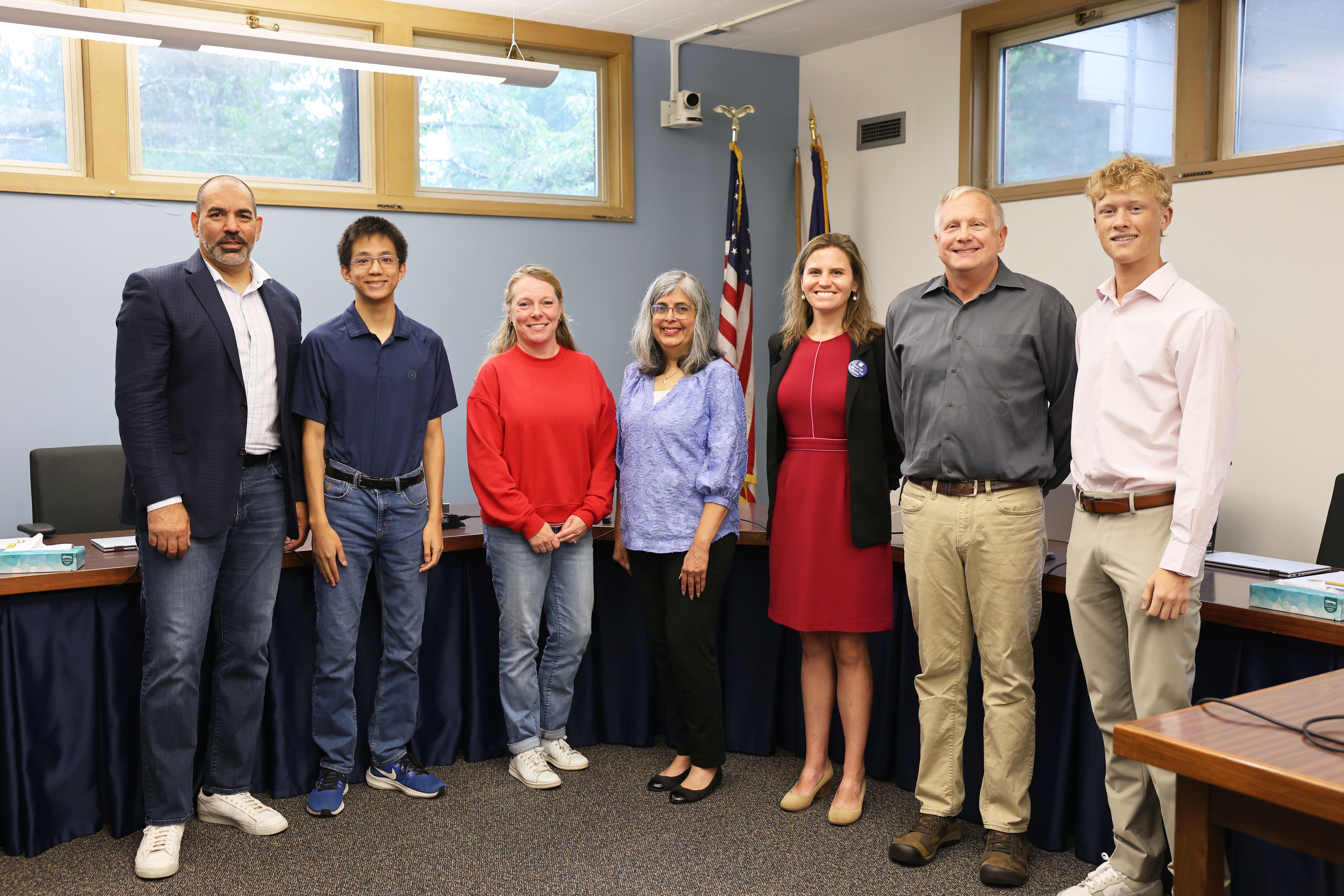Jottings From Fifth & G: Oregon’s first female governor held office for only three days
Published 8:58 am Thursday, July 24, 2025

- Caralyn B. Skiff Shelton Chamberlain (Courtesy photo: Caralyn B. Shelton Collection Willamette History Center)
Caralyn Shelton found herself acting not only as Oregon’s first female governor but also the first female governor in the nation during the transition between the George E. Chamberlain and the Frank E. Benson administrations. Gov. Chamberlain praised Shelton’s abilities: “She executed the duties of the Governor’s office as well as any man, maybe even better.”
Oregon’s unusual political structure — having no lieutenant governor — stated that in the absence of the governor during illness or travel, one of the three private secretaries — commonly a man in those days — would assume the governorship, acting as head of state.
Chamberlain had to be in Washington, D.C. March 4 to be sworn in as Oregon’s new senator. The governor’s successor, Secretary of State Frank Benson, was undergoing cancer treatment out of state, making it impossible for him to be in Salem before Chamberlain departed for Washington. Robert Caples, Chamberlain’s male secretary, headed to D.C. instead. Chamberlain handed the reins of Oregon’s highest office to Shelton, who stepped in to provide stability through the transition.
Trending
This drew national attention at the time of Chamberlain’s Senate confirmation Jan. 19, 1909. A Democrat, he faced a Republican majority Legislature, which wrangled for eight months before his confirmation became final (at the time, senators had to be confirmed by their state legislatures after being elected).

Jack Shelton (Courtesy photo: Caralyn B. Shelton Collection Willamette History Center)
When Frank Benson was sworn in as Oregon’s governor, Caralyn submitted Chamberlain’s official resignation from office, as well as her own. She traveled to Washington with Chamberlain to continue her executive assistant work as Senate clerk to the committees he served on such as the U.S. Shipping Board.
While in Washington, Shelton became a celebrity among women, sought after by the press, government officials and women’s organizations, particularly those promoting women’s suffrage. The Washington, D.C. Evening Star described her as “a woman with a charming manner, and a subtle personality. Mrs. Shelton is capable and a born executive. This is the woman to whom one could not easily lie or ask to enter a crooked deal. This is the woman who has proven her ability.”
After Chamberlain retired from public office — and nine months after his wife died — he suffered a stroke, leaving him paralyzed. He and two of his children discussed a marriage of convenience between himself and Carrie Shelton. Everyone agreed. Carrie would continue as his executive assistant with the added duties of wife and caretaker. In exchange, she would receive financial support until his death and would be buried at his side in Arlington National Cemetery. The couple married July 12, 1926 in Norfolk, Virginia. Chamberlain died two years later in 1928. Caralyn Chamberlain returned to Oregon in 1933. She died in 1936 in Salem, OR and is buried in Arlington National Cemetery.
Born in the small eastern Oregon town of Union in 1876, Carrie Bertha Skiff was one of Willis and Mary Calista Moe Skiff’s nine children. The family lived comfortably until her father mysteriously disappeared in 1886 and her mother died two years later in 1888. Carrie, her brother and a sister lived with their brother Orrin and his wife until the court appointed guardianship of the girls to John W. and Delilah Shelton. John Shelton, president of the State Board of Equalization during Governor Sylvester Pennoyer’s administration (1887–1895), was a wealthy attorney and businessman in Union.
Sixteen-year-old Carrie married Shelton in 1892 one month after he filed for divorce while his wife and Carrie’s sister were travelling in California. The courts overturned the divorce when Shelton died in 1894. Although the marriage was annulled, Carrie kept the Shelton name. For prestigious purposes?
Trending
After they married, the Sheltons moved to Portland where Carrie worked as a stenographer for Starr, Thomas and Chamberlain law firm. She drew up deeds, mortgages and other legal papers, work usually done by male law clerks.
When Chamberlain was elected district attorney of Multnomah County in 1900, Carrie continued working for the law partner, learning criminal law and how to draw up indictments.
At Chamberlain’s suggestion, Carrie changed her name to Caralyn — note the spelling — to avoid confusion with his daughter Carrie and because it suited her esteemed position better as his private executive assistant. When Chamberlain became governor in 1902, Caralyn accompanied him to Salem as his stenographer, then his private secretary. Chamberlain kept his Portland residence as there was no designated governor’s mansion in Salem at the time. He and Caralyn boarded with the Cooke-Patton family while they were in Salem. Caralyn often assisted Chamberlain with state affairs as well as personal social affairs, including a visit in 1903 by President Theodore Roosevelt.
Sources:
Photos: Caralyn B. Shelton Collection Willamette History Center
Content: Willamette History Center, Oregon Historical Society Oregon Encyclopedia
Nancy Dunis is a member of the Jottings writing group at the Lake Oswego Adult Community Center.







